More than 130 Vietnamese plywood enterprises are being investigated for anti-dumping.
The Vietnam Timber and Forest Products Association (Viforest) said that Vietnam's export turnover of wood and wood products in 2024 will reach 15.89 billion USD. From the beginning of the year to May 15, 2025, Vietnam's export turnover of wood and wood products reached 6 billion USD, an increase of 8.2% over the same period in 2024. Of which, the US is still the largest consumer market of wood and wood products in Vietnam, accounting for 55% of the market share.
However, the US Department of Commerce (DOC) has just received a request for anti-dumping (AD) and countervailing duty (CVD) investigations into hardwood and decorative plywood products imported from Vietnam, China and Indonesia. More than 130 Vietnamese enterprises are on the accused list.
The products under investigation are mainly in HS code groups 4412 and 9403. More than 130 Vietnamese enterprises were named. Among them are large companies such as Khang Dat Wood One Member Co., Ltd., Trieu Thai Son Co., Ltd., Thai Hoang Construction and Trading Joint Stock Company... The period of investigation for anti-dumping and anti-counterfeiting is 2024, the period of investigation for damage is 2022-2024.
According to the plaintiff's data from the US International Trade Commission (ITC), plywood exports from Vietnam to the US will reach about 401 million USD in 2022, decrease to 186 million USD in 2023, then increase again to 244 million USD in 2024, ranking second after Indonesia in the investigated group.
The alleged dumping margin for Vietnam is from 112.33% - 133.72%, the lowest among the three countries. DOC can use Indonesia as a surrogate country to calculate the margin because it considers Vietnam a non-market economy .
DOC will decide to initiate an investigation within 20-40 days of receipt of the petition, which is on or before June 11, 2025. The ITC has 45 days to make its preliminary injury determination. If the ITC makes a determination that there is no injury, the case will be terminated.
Finding a way out through dialogue and new markets
Vietnam aims to achieve 18 billion USD in wood and forest product exports by 2025. Along with that, over 80% of wood processing and preservation facilities will have to reach advanced technology levels. All wood products for domestic consumption and export must have legal origins and meet sustainable forest certification.
However, the risk of being taxed by the US is overshadowing this goal. According to Mr. Ngo Sy Hoai, Vice President and General Secretary of the Vietnam Timber and Forest Products Association (Viforest), the fact that Vietnam has a trade surplus of more than 100 billion USD with the US in 2024 makes the risk of being investigated for anti-dumping or tax very clear. The wood industry in particular has a large surplus and "is difficult to escape the sights". Currently, the tax rate on Vietnamese wooden furniture exported to the US is 0%. If a tax of 25% is imposed, it will be very difficult to compete with products from China and other countries.
The impact has already been felt as many businesses have reported receiving only short-term orders this year, instead of year-long contracts as before. Not only the US market, many large markets are also tightening import regulations. For example, the European Union (EU) has implemented the Carbon Border Adjustment Mechanism (CBAM), requiring imported goods to bear additional costs and businesses to reduce emissions to receive carbon credits.
Faced with this risk, Viforest and its businesses are preparing to participate in hearings if requested by the US. The goal is to demonstrate that bilateral trade relations in the timber industry are complementary and do not harm domestic production in the US.
In addition, Vietnamese authorities are also taking active action. The Ministry of Agriculture and Environment (MARD) has had many working sessions with US government agencies to resolve difficulties. Minister of MARD Do Duc Duy affirmed: "Vietnam is willing to open its doors to US agricultural products because the two sides have complementary agricultural products and do not compete directly. This is a common benefit."
To find a way out for the wood industry, experts say that businesses need to expand their markets, especially targeting emerging and potential regions such as the Middle East, to reduce dependence and increase resilience to risks from large markets.
According to VOV
Source: https://baothanhhoa.vn/my-dieu-tra-go-dan-viet-nam-hon-130-doanh-nghiep-doi-mat-nguy-co-ap-thue-250910.htm


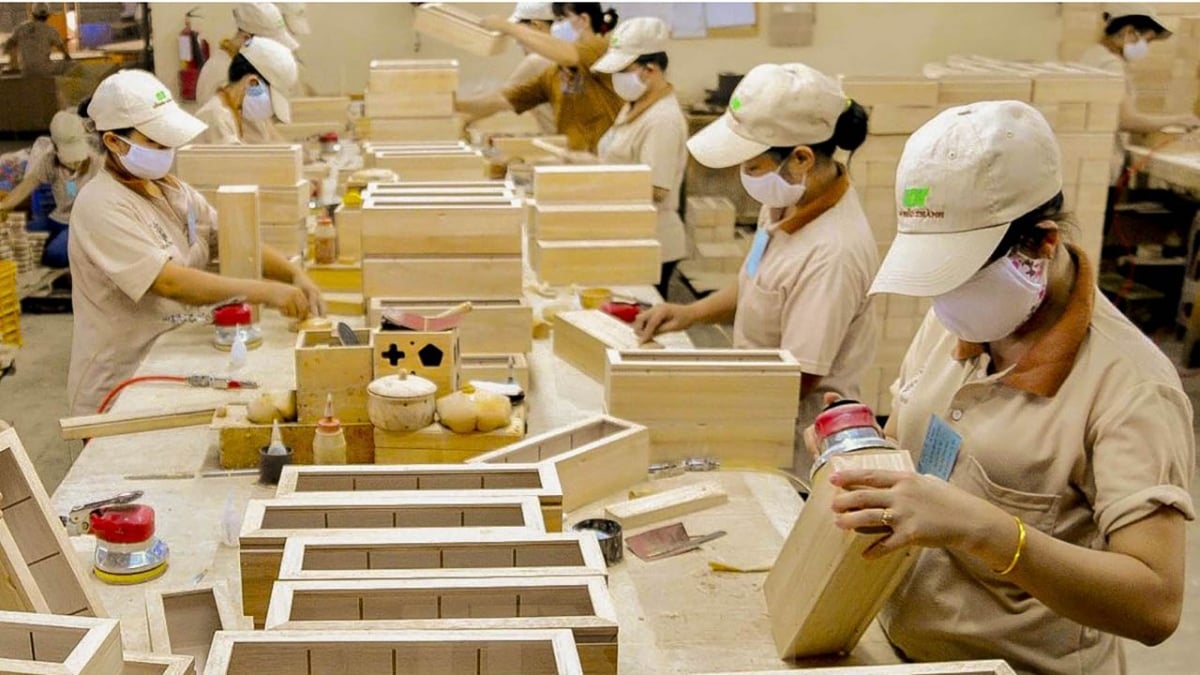
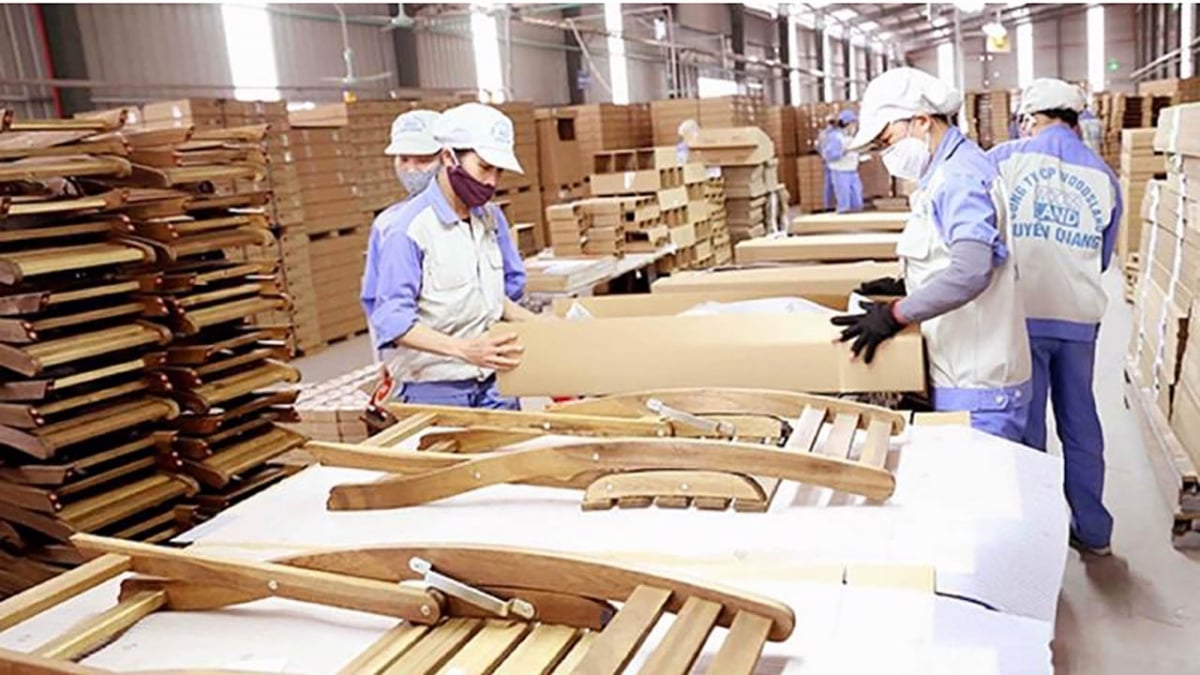
![[Photo] National Assembly Chairman Tran Thanh Man attends the VinFuture 2025 Award Ceremony](/_next/image?url=https%3A%2F%2Fvphoto.vietnam.vn%2Fthumb%2F1200x675%2Fvietnam%2Fresource%2FIMAGE%2F2025%2F12%2F05%2F1764951162416_2628509768338816493-6995-jpg.webp&w=3840&q=75)



![[Photo] 60th Anniversary of the Founding of the Vietnam Association of Photographic Artists](/_next/image?url=https%3A%2F%2Fvphoto.vietnam.vn%2Fthumb%2F1200x675%2Fvietnam%2Fresource%2FIMAGE%2F2025%2F12%2F05%2F1764935864512_a1-bnd-0841-9740-jpg.webp&w=3840&q=75)

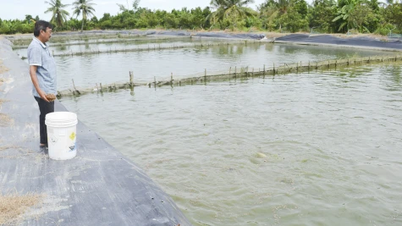







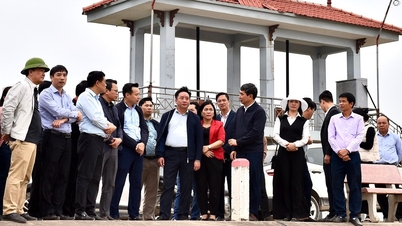






















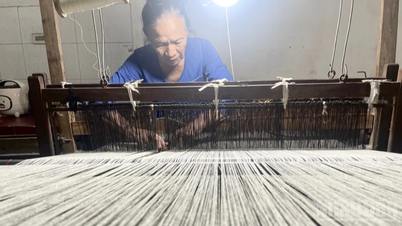
















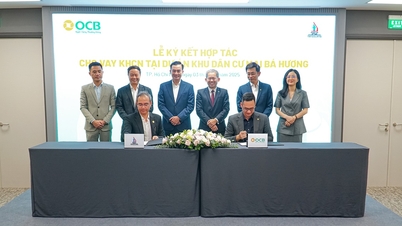



























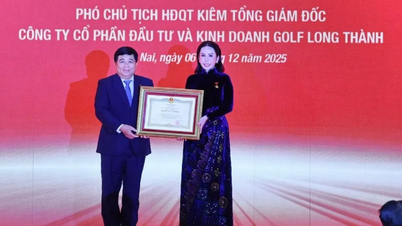

















Comment (0)